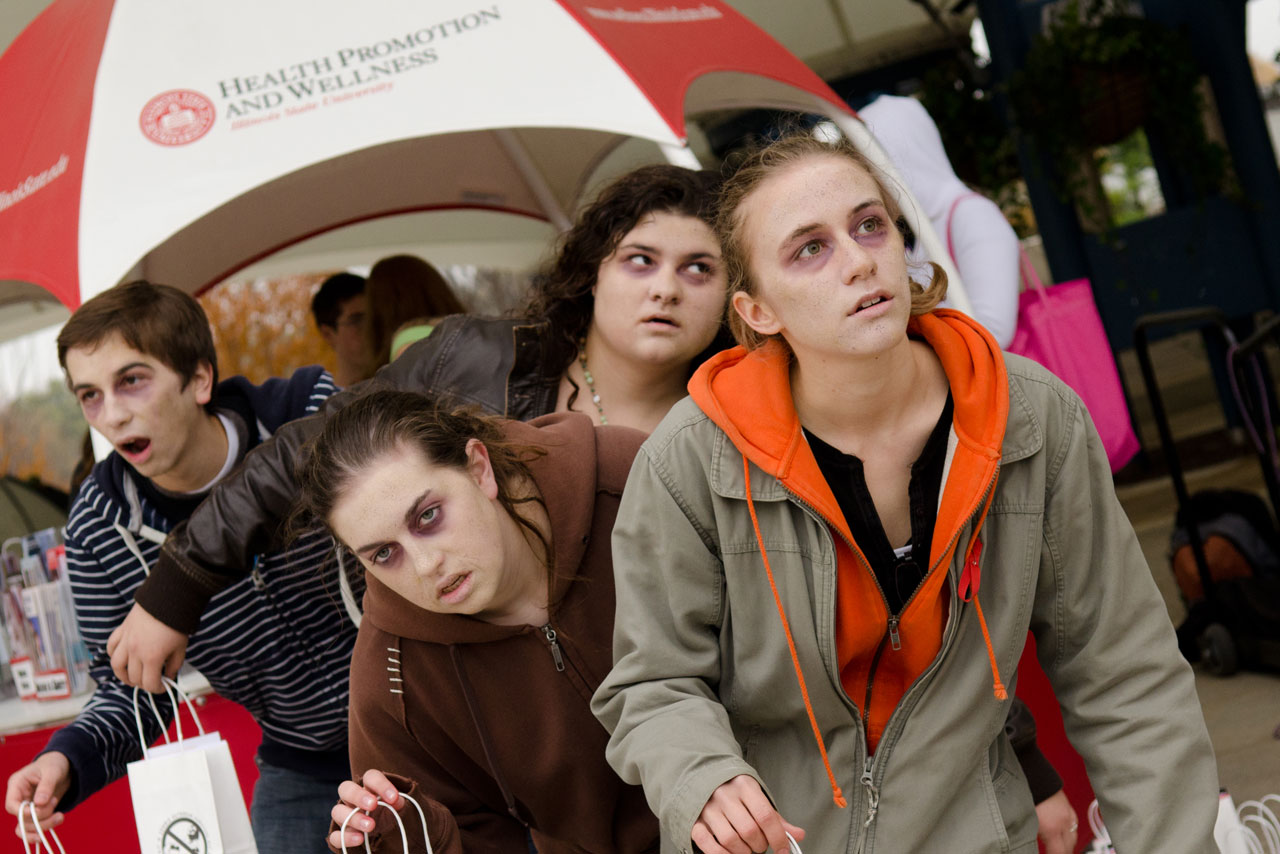Let’s face it, the improvement of technology mixed with the hustle and bustle of our everyday lives leaves us incredibly reliant on staying “plugged-in.” Electronics are a substantial part of our 21st-century experience. Even our nightly routines are impacted. We will throw on the comfy pj’s, brush our teeth, wash our faces, and then manage to get a little screen time before we call it a night. Whether it is reading an electronic book, checking our schedules for the following day, or even getting that one-up in a game of Words with Friends—our screens are the last thing we see before sleep and often the first thing we see when we wake up.
There is certainly a considerable about of advantages that come with technology. However, our late night gadget use can have a substantial impact on our sleep patterns, and thus, our overall well-being.
How so?
Ninety-five percent of 18–29-year-olds sleep with their smartphones right next to their bed. However, individuals of all ages use technology right up until bedtime. Gadget use late at night exposes us to the light that our devices emit. The mental activity we are engaging in when using electronics along with the light exposure promotes wakefulness. The blue light that devices emit inhibits our brains from producing melatonin, a natural hormone that affects our sleep-wake cycles.
Furthermore, when we keep our minds engaged with technology we are subconsciously sending a message to our brains that suggests it needs to stay awake. The report released by the National Sleep Foundation in 2014 found that 89 percent of adults and 75 percent of children have at least one electronic device in their bedroom. Even the chimes and dings of late night messages or notifications affects how alert our brains are.
So, what can we do?
Here are a few tips to help get our sleeping patterns back on track:
- Unplug. It can be a challenge, but try to have an electronic bedtime and limit electronic use at least one hour before you plan to go to sleep. Instead of reading from a Kindle, read from a physical book so that you are not exposing yourself to the blue light emission. Also, check your emails and send important message prior to this hour before bed.
- Use a journal. Journaling is good for your health in many ways—the old school pen and paper type, that is. Use a journal to record any to do’s or other things that pop into your head and make you want to reach for your smart device.
- Silence notifications. As mentioned, the chimes and dings we receive from notifications alert our brains and tempt us to continue using our devices. Try setting the notifications to silent while you are relaxing before bed.
- Use technology itself. We know what you’re thinking: “How can I use technology to help fall asleep if it is the problem to begin with?” While technology has its disadvantages in regards to sleep patterns, there are some new innovations that help combat them. For example, iPhones now come with the “Night Shift” feature that allows users to change the blue light emissions from their phones to warmer light emissions.
Sleep is an important part of overall health and well-being. When you don’t get enough sleep, you are slow, vacant, and lacking focus. There are many benefits to getting a good night’s rest on a consistent basis. With or without technology, make sure you are taking necessary steps in making sleep a top priority in your life.
Sleep information resources
- What happens when your brain doesn’t sleep
- TIME Magazine: Is technology ruining our sleep?
- Health Promotion and Wellness Sleep Health Resource
- Student Counseling Services Sleep Hygiene page
- Sleep specialist at Student Health Services
- National Sleep Foundation
- The Better Sleep Council
- The Centers for Disease Control and Prevention

